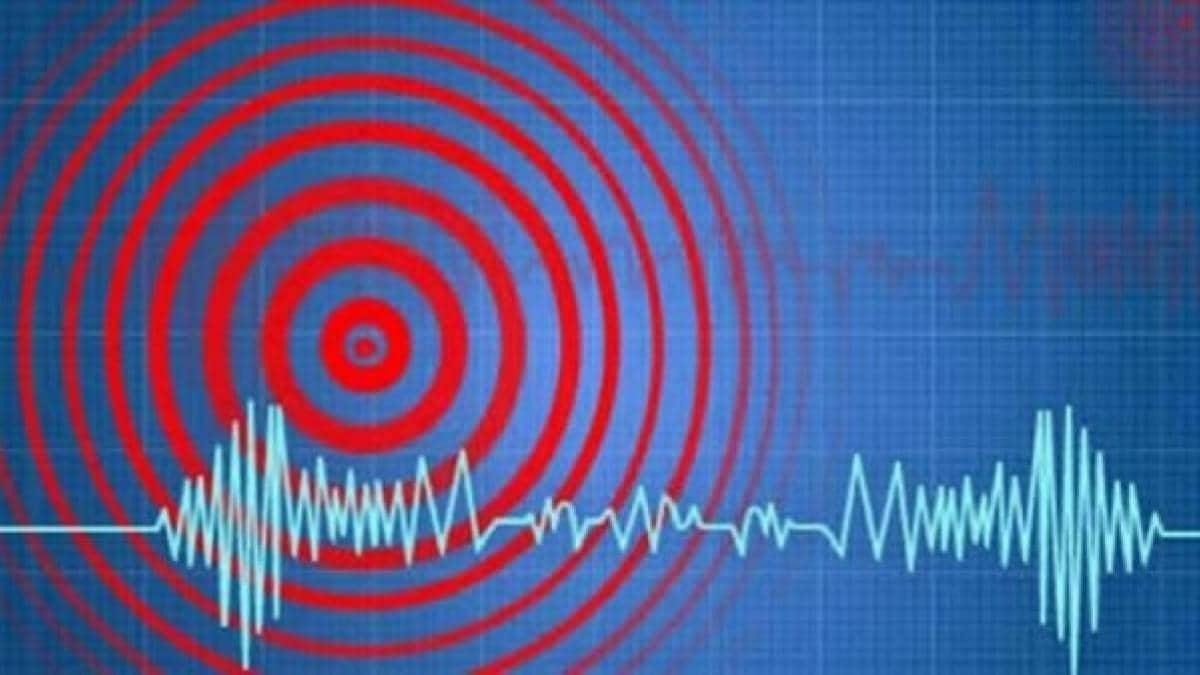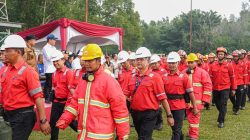Major Earthquake Strikes Alaska Peninsula
A significant earthquake with a magnitude of 6.2 struck the Alaska Peninsula early Monday morning, according to reports from the National Centre for Seismology (NCS) and the US Geological Survey (USGS). The tremor occurred at 3:58 AM IST, which corresponds to late Sunday in Alaska. It was recorded at a depth of 48 kilometers, indicating it was a shallow quake that could have been felt more strongly on the surface.
The epicenter of the earthquake was located 81 kilometers south-southeast of Sand Point, Alaska. This small community is situated on the eastern coast of the peninsula. The coordinates of the epicenter are 54.99 North latitude and 159.98 West longitude. The Alaska Peninsula lies along the Pacific “Ring of Fire,” an area known for frequent seismic activity due to the movement of tectonic plates. This makes the region particularly susceptible to earthquakes and volcanic eruptions.
The USGS classified the earthquake as “notable,” suggesting that it may have been felt by residents in Sand Point and surrounding areas. However, no tsunami warning was issued following the event. Local emergency officials are monitoring the situation closely, but as of now, there have been no reports of injuries or structural damage. The absence of a tsunami alert indicates that the earthquake likely did not displace enough water to trigger such a hazard.
Smaller Quake Hits Tajikistan Shortly After
Approximately 45 minutes after the Alaska earthquake, a separate tremor of magnitude 4.6 struck Tajikistan. The NCS recorded this event at 4:43 AM IST, with the epicenter located at a depth of 23 kilometers. The coordinates of the quake were 37.39 North latitude and 72.58 East longitude. While smaller in magnitude compared to the Alaska event, this earthquake still represents a notable seismic occurrence in the region.
Tajikistan, like many countries in Central Asia, is located in a seismically active zone. The country sits near the boundary of the Indian and Eurasian tectonic plates, making it vulnerable to frequent earthquakes. Despite the relatively low magnitude of the quake, local authorities may have conducted checks to ensure public safety and assess any potential impacts.
Ongoing Monitoring and Public Awareness
Both events highlight the importance of continuous seismic monitoring and public awareness. In regions prone to earthquakes, preparedness measures can significantly reduce the risk of harm. Emergency response teams often work alongside scientific organizations to provide timely updates and guidance to communities.
In the case of the Alaska Peninsula, the fact that no injuries or damage were reported is a positive sign. However, residents in seismically active areas should always be vigilant and familiarize themselves with safety protocols. These include knowing how to respond during an earthquake, securing heavy furniture, and having emergency supplies ready.
For those living in areas like Tajikistan, similar precautions are essential. Although the recent quake was not as strong as the one in Alaska, it serves as a reminder of the unpredictable nature of seismic activity.
As scientists continue to study these events, they gain valuable insights into the behavior of tectonic plates and the mechanisms that cause earthquakes. This knowledge helps improve early warning systems and disaster response strategies, ultimately contributing to safer communities around the world.







